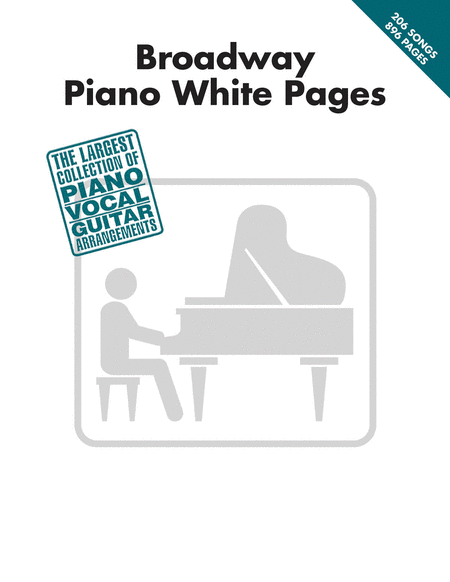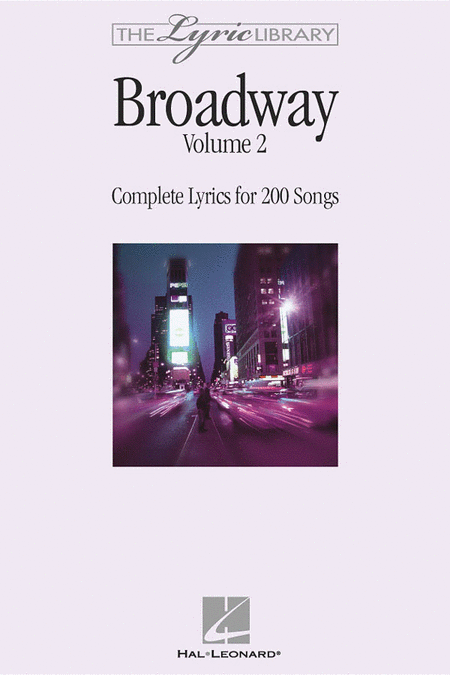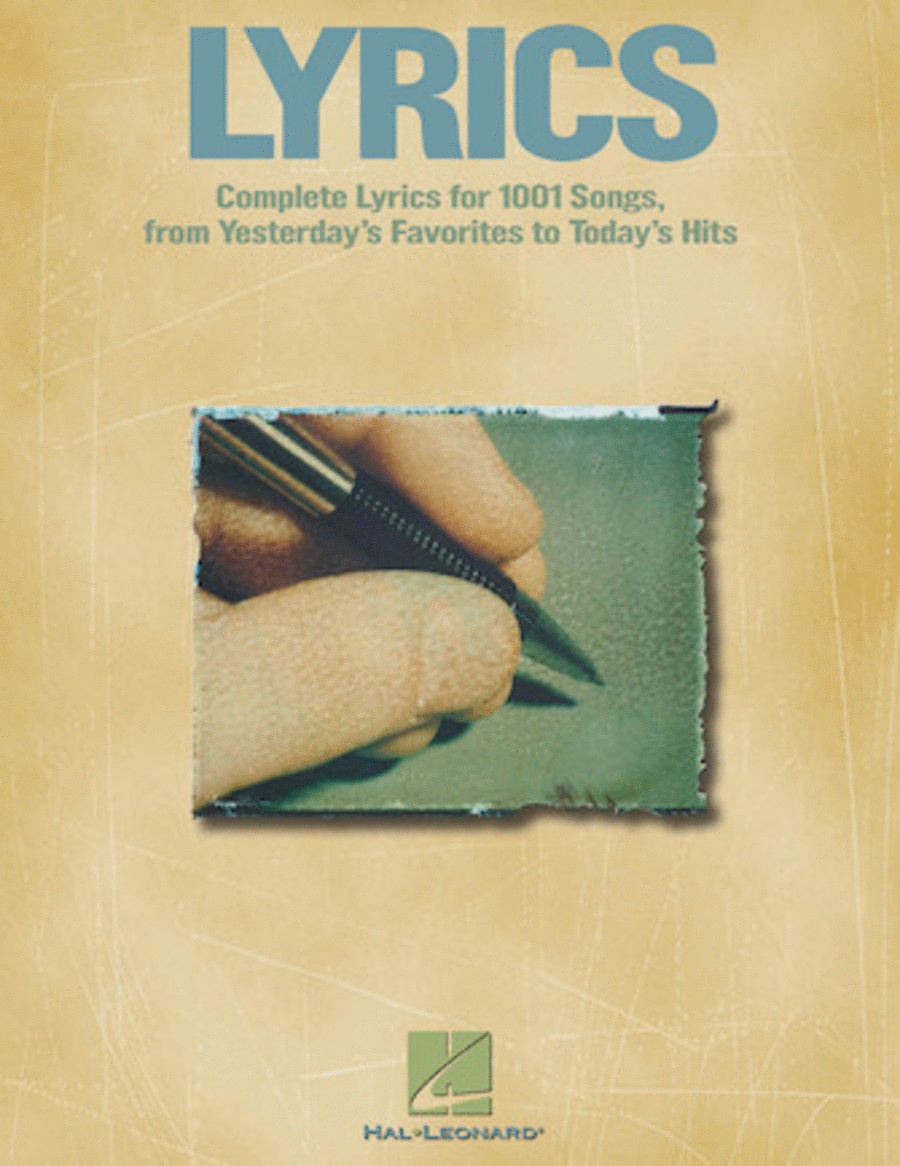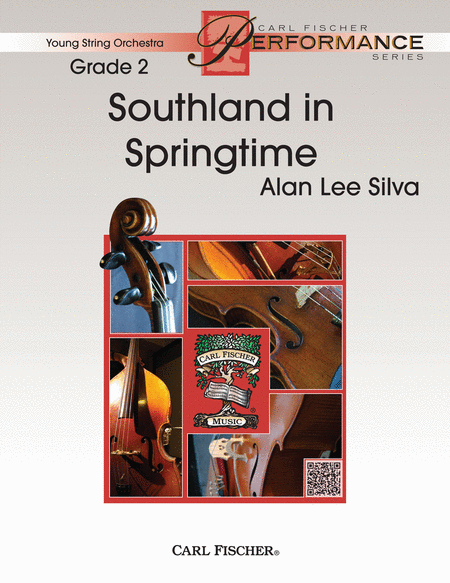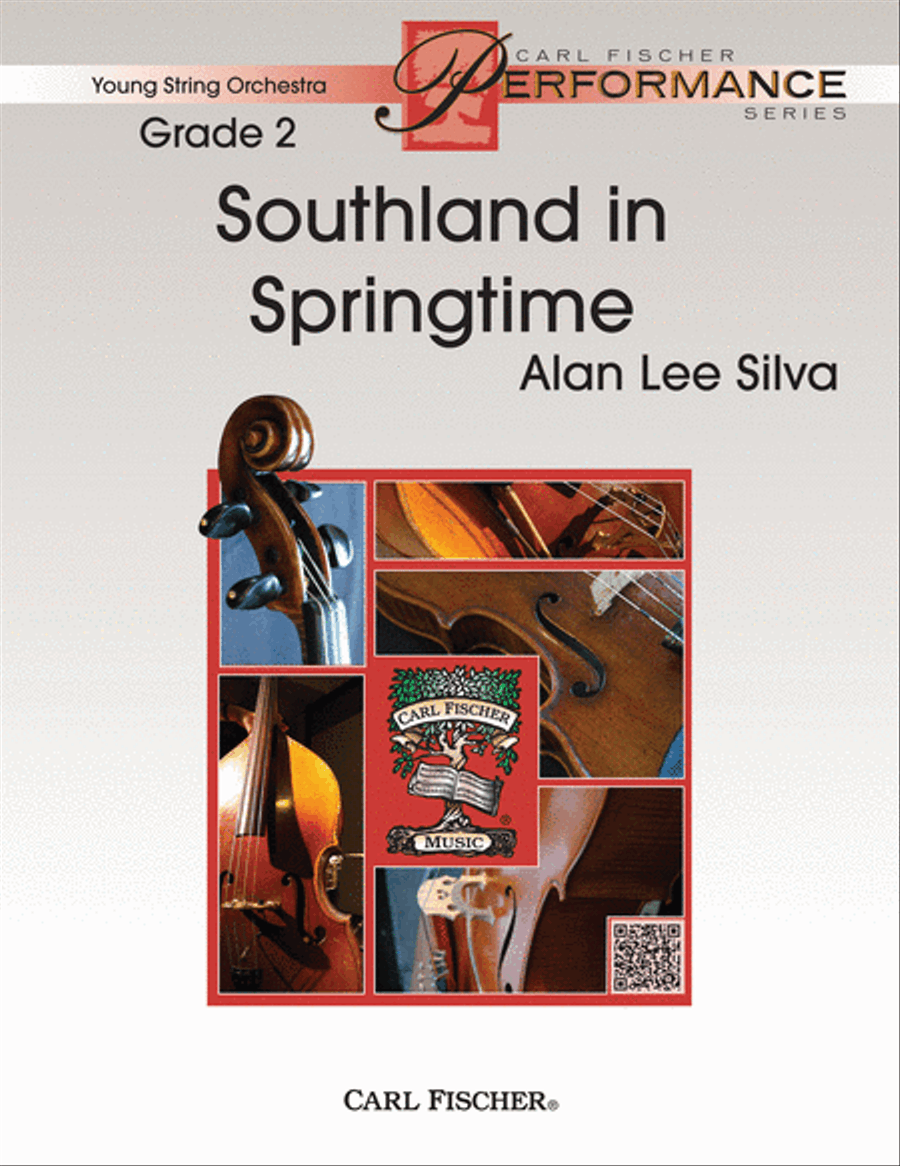 | By Alan Lee Silva. For string orchestra. Carl Fischer Young String Orchestra Series. Grade 2-2.5. Score and parts. Published by Carl Fischer Arr : String OrchestraPublisher : Carl Fischer $55.00 - See more - Buy online $55.00 - See more - Buy online
ISBN 9780825889295. 8.5 x 11 inches. Key: G major.
As always, Alan Lee Silva gives us another impressive composition for intermediate students that seems to float on air. His compositional style is ideally suited for the idiom, with wonderfully crafted melodic lines guaranteed to make your group sound effortlessly musical. What a great way to show off the musicianship of your orchestra in a contest or festival performance!.
Evoking the hope and possibility of new things to come in Spring, Southland in Springtime creates a joyful pastoral atmosphere in an American style that is filled with lyrical melodies and contemporary harmonies. Written in AABBAC form, a lilting solo violin at m. 5 states the main theme (A) over driving, open-string fifths and staccato phrases in the rest of the orchestra. The piece opens up and grows at m. 13 as the full violin section joins in and the whole orchestra swells. Violin I carries the tune, Violin II/Viola play percussive open-string double stops, and the low strings push forward with pulsing root figures. The six-measure build at m. 21 ramps up and launches the exuberant chorus (B) at m. 27. At that point, the piece soars and propels joyously forward with an energetic pulse. Violin I has repeated sixteenth-note figures in the (C) sections. The piece quiets momentarily, and the lyrical solo violin returns in mm. 44-46. The cellos carry the tune underneath pizzicato figures in the upper strings on the (A) section in m. 47. Variations on a two-note motif, distributed amongst the group in mm. 59-62, lead into the poco rit. at m. 62. The (A) theme is played slightly slower in mm. 64-71 and gradually returns to the original tempo for an exciting ending statement of the main theme in mm. 72-80. The piece is diatonic to the key of G except for two places: the first at mm. 62-63 where the low strings rest on a sustained flat-seven, creating tension before the maestoso section at m. 64. The second is at m. 78 on the quiet whole notes that precede the build to the final ensemble figures at m. 79. |
|

 (AMERICAN COMPANY)
(AMERICAN COMPANY) 

